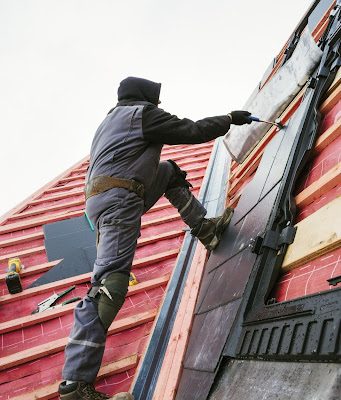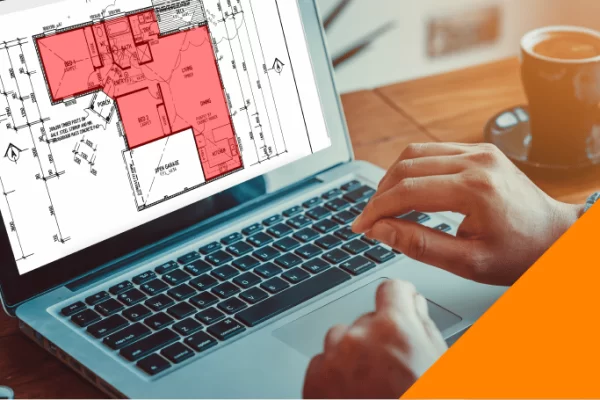There are processes like sheet metal stamping in industrial engineering where a two-dimensional shape is possible in coiled or blanked sheets of metals. This is where the metal is processed and placed in a stamping press, and a die is utilized. The die or stamping tool will be pressed through into the material, resulting in a net-shape part. Think of this process as similar to that of a cookie-cutter on a piece of dough, and you’ll get the idea of how this works. Let’s see about industrial engineering and metal stamping.
Custom operations in sheet metal stamping may involve drawing, embossing, punching, blanking, and bending. Each of the processes of these machining services is accompanied by CAM/CAD design tools that provide accuracy and precision for the complicated parts. Overall, sheet metal stamping is an efficient and fast method that produces high-quality and durable components in industries like aerospace, automobiles, hardware, electronics, medical, lighting, and commercial spaces.
Prototyping of the Parts
Thanks to the stamping capabilities and comprehensive fabrication of sheet metals, many companies today can produce custom and highly complex components with the best precision. Any specifications or requests made by the customer can be met in no time, and the result is more than satisfactory. What’s more, they can be mass-produced without the need to invest a considerable amount of money or add to the workforce.
Stamping presses with the capabilities of more than 400 tons are best for use in in-house stamping. Some of the parts that can be created from the high-precision dies can be as thin as 0.005” and will still follow the industry’s standards while maintaining tolerances. Most customers from any other sector can get the medium-run metal services they need in various shapes and sizes. You can call a company that specializes in industrial engineering services to know more about these services. Read more about the stamping process on this site here.
Fabrication of Sheet Metals
Custom and full-service fabrication will let customers get a variety of stamping options like the following:
- Piercing: This will use the same machinery as blanking, and this usually involves creating notches, slots, and holes in the metal. The tolerances built are tighter, and they have cleaner results than drilling. Also, piercing is considered to be more productive than drilling.
- Forming: This will include various processes where force is often applied to a particular sheet metal where its geometric properties are engineered to be thinner. Complex shapes are formed from flat pieces, and they can be suitable for specific designs that a customer may have in mind.
- Blanking: Fabrication processes where dies and punches are used to cut pieces that are known as blanks. These are the metals that are used for further processing in the future where the burrs are minimal. They can help decrease lead time and finishing costs down the road.
- Drawing: Drawing uses tensile forces to draw or stretch metal blanks according to the desired shape and thickness of the customer. This is often a process typical in creating electronic components and aircraft parts because this can be handled more fluidly.
Look for industrial engineering companies that can provide you with small or large presses for custom metal stamping projects. Most professionals are trained in these industries, and they can get your custom sheets created in no time.
Materials Used in the Process
Some of the companies can work with different materials according to your company’s needs. Some of the specific requirements of other clients are the following:
- Hot or Cold Rolled Steels
- Brass
- Beryllium Copper
- Galvanized Metal
- Aluminum
- Stainless Steel
Custom-Made Dies

Most of the dies are created in a custom manner before they are used in the stamping presses. They cut the metals into specific shapes, and in most cases, they are often made from scratch to match the project at hand. They are manufactured from tool steel which is challenging to cut. They have to maintain their tolerances on the stamped part to be more effective.
Most of the die makers are professionals who have decades of experience in industrial engineering. Get more info about dies on this web address: https://www.britannica.com/technology/die. They produce in-house dies and tools in their shops to accurately reproduce the parts that the customer wants.
About the Prototyping Services
There’s the rapid prototype fabrication for metals, and they are ideal for sheet metals. The experts can work with more complex shapes and do prototyping services whenever there’s a need. The engineers will develop a prototype sample to test whether you have the proper function, fit, and form. Some of the sheet metals used in prototyping can estimate how much time it will require to produce, resulting in on-time deliveries.





